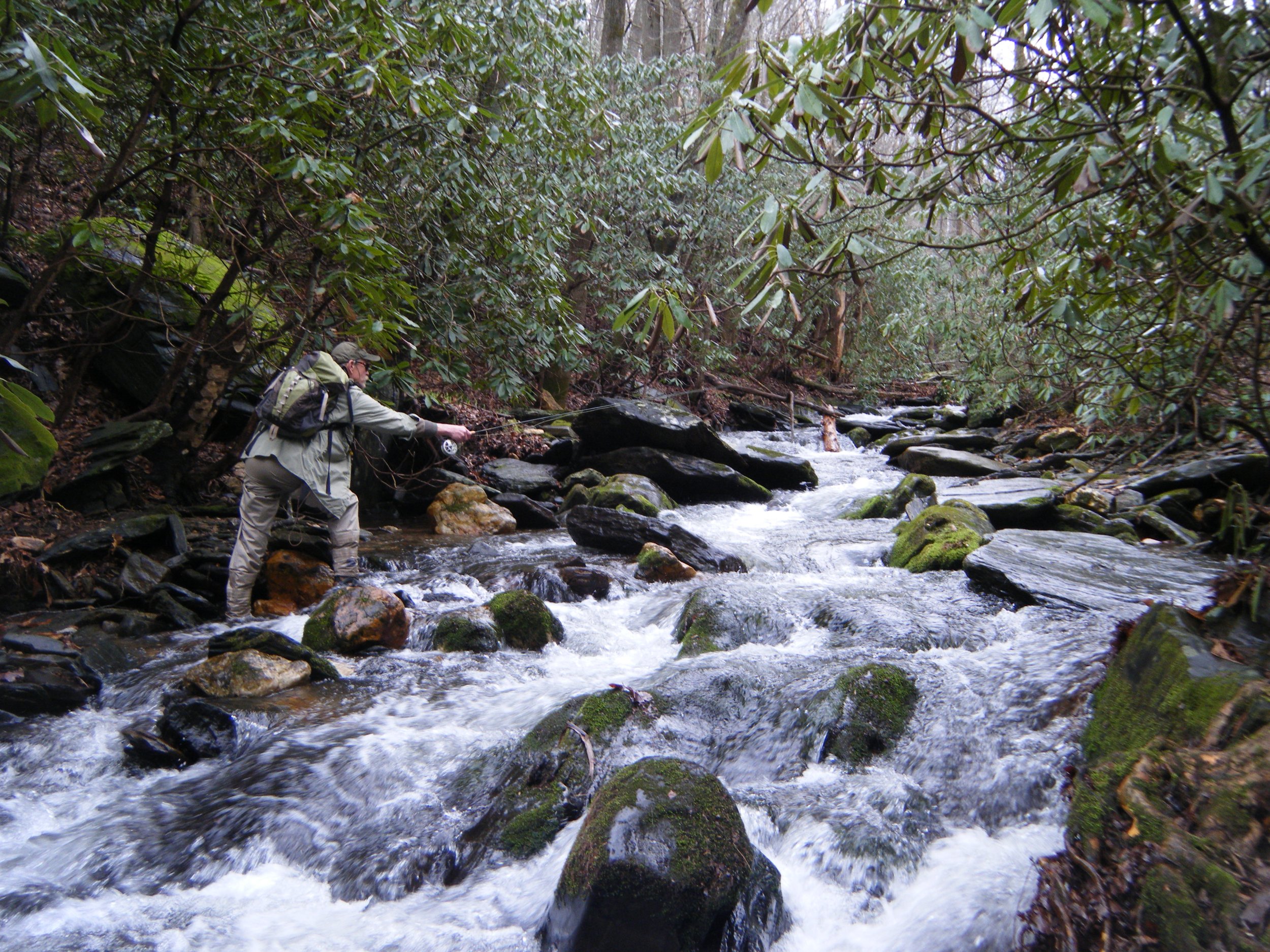virginia NFC PRIORITIES
General
Increase information, education and awareness in regard to Virginia’s more than 200 species of native fishes and the important role they play in the ecosystem.
Work with a broad array of partners to help promote local watershed conservation and restoration.
Reach out to anglers, fishing guides, tackle dealers, and other organizations to ascertain their views as to the primary threats to Virginia’s wild native fish, and seek their input in regard to mitigation.
Define and implement best-in-class conservation projects to protect and restore native fish populations throughout Virginia’s major geographic regions.
A wild native brook trout.
brook trout
Work with Virginia Department of Wildlife Resources (DWR) and other agencies to help disseminate the work they do to protect and restore native eastern brook trout and their habitat.
Request that DWR initiate an annual status report in accordance with the Department’s Virginia 2019-2028 Wild Trout Management Plan, especially the section pertaining to “Issues/Goals/Objectives/Strategies.”
Work with federal resource agencies in charge of Shenandoah National Park and the George Washington and Jefferson National Forests in regard to the protection and restoration of wild native brook trout and their habitat, including road crossings, erosion, invasive species, stocking, and where appropriate, harvest and/or tackle restrictions.
Educate and inform anglers as to the “best practices” in regard to handling wild native fish, including the use of single hook artificial flies and lures, single point hooks, and rubber net bags, while minimizing handling, and keeping fish wet and submerged whenever possible, while considering catch-and-release as a way to help maintain natural abundance and size/age distribution.
Work with Virginia’s Department of Wildlife Resources Board to develop a special Native Trout Conservation Stamp, with revenues being dedicated to wild native brook trout conservation and restoration.
American Shad.
anadromous fish
Increase protection and conservation for flood plain riparian areas which are seeing increased development, especially tributaries to the Chesapeake Bay so they may continue to provide suitable spawning habitat for striped bass.
Increase visibility for the conservation of anadromous species that utilize Chesapeake Bay, its estuaries and tributaries. This includes yellow perch, hickory shad and stressed American shad.
Increase public awareness about the habitat requirements of endangered Atlantic sturgeon and
to help assure their continued presence in Virginia waters.
Candy Darter. (Loughran Cabe)
non-game species
Create awareness in regard to the importance of non-game species and the need to conserve them for the overall health of aquatic ecosystems. Many species of darters, shiners and minnows are rare, uncommon or stressed, and at risk of extirpation without additional protection.
Promote conservation initiatives to address the needs of declining species to prevent them from further degradation.
Reach out to non-traditional aquatic recreationists and hobbyists such as native fish aquarists, snorkelers, YouTube aquatic videographers and micro-fishing/tanago anglers to encourage their involvement in wild native fish conservation.
Work with DWR to promote greater awareness of and protection for two species with limited distribution in the state: Roanoke bass found in the Chowan and lower Roanoke basins, and fallfish which are found at the southernmost limit of their range.
A small wild native brook trout stream in Shenandoah National Park. (Kenny Nelson)





